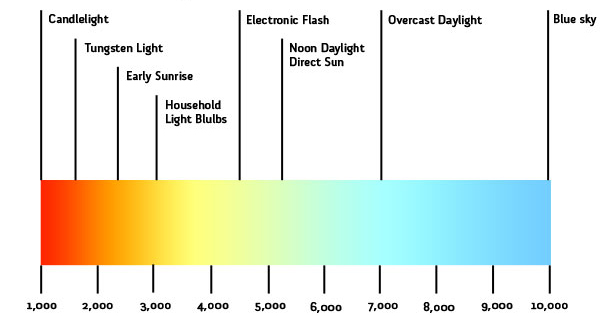Mastering the Basics of Photography Lighting
Photography thrives on the interplay between light and shadow, shaping captivating images. A solid grasp of lighting fundamentals is vital for photographers, as it significantly influences a photo's mood, depth, and overall impact. Proficiency in photography lighting is not just technical prowess but a creative endeavor, enabling photographers to convey their vision effectively.
Photography lighting falls into two categories: natural and artificial. Natural light, from the sun, offers versatile and dynamic sources, varying with time of day and weather conditions. Harnessing its changing qualities is essential for desired effects. Conversely, artificial light includes studio lights, flashes, and continuous setups, providing precise control over intensity, direction, and color temperature. Mastering both sources is essential for leveraging their benefits.
Light quality defines its attributes: softness, hardness, and direction. Soft light creates subtle shadows and smooth transitions between highlights and shadows, ideal for portraits. Achieved through diffusers or large sources, it produces flattering aesthetics. Hard light yields well-defined shadows, emphasizing textures and shapes for dramatic effects, commonly used in fashion or architectural photography.
Light direction plays a pivotal role in composition. Front lighting evenly illuminates subjects, while side lighting adds depth, revealing contours. Backlighting creates silhouettes or a halo effect, evoking drama and intrigue.
Light color temperature, measured in Kelvin, dictates warm (orange) or cool (blue) appearances. Natural daylight varies with time, while artificial sources like tungsten or fluorescent lights have distinct temperatures. Precise white balance adjustments ensure natural and realistic colors, devoid of unwanted casts.

Lighting mastery in photography transcends technicality, becoming an artistic tool that shapes emotion and visuals. A firm grasp of lighting fundamentals empowers photographers to craft compelling compositions. Whether leveraging natural nuances or manipulating artificial sources, understanding lighting intricacies enables capturing subjects in striking and expressive ways. Aspiring photographers should dedicate efforts to learn these nuances, elevating their craft and creating a significant impact.
Support by Following me:
VERO (an Artist Platform) | @creativejeff
YouTube | @creativelyjeff
X (fomally Twitter) | @CreativelyJeff
Instagram | @creative.jeff
Comments
Post a Comment